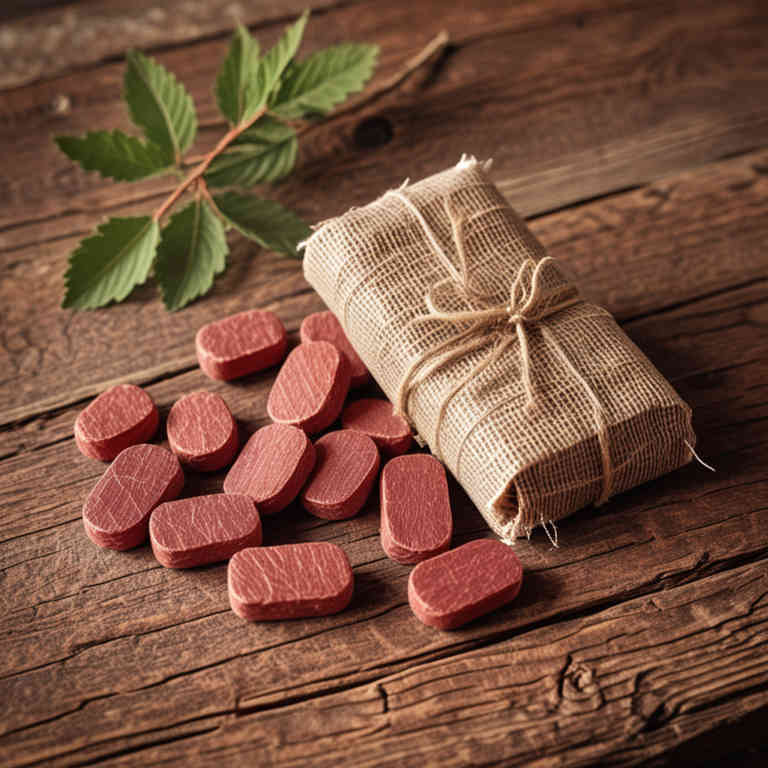Ulmus rubra lozenge for medicinal use

Ulmus rubra lozenge is a herbal preparation made from the inner bark of the red elm tree, *Ulmus rubra*.
It is traditionally used in herbalism to soothe sore throats and alleviate symptoms of respiratory infections. The lozenge form allows for slow release of the active compounds, providing prolonged relief. It is often prepared by drying and grinding the bark into a powder, then mixing it with a binding agent to form lozenges.
This preparation is valued for its anti-inflammatory and antimicrobial properties in traditional herbal medicine.
Uses
Ulmus rubra lozenge has been used to soothe sore throats and alleviate symptoms of respiratory infections for centuries.
Historically, it was a key component in traditional Native American medicine, where the inner bark of the red elm tree was prepared into lozenges to treat coughs and inflammation. In traditional practices, the lozenge was also believed to have antimicrobial properties that helped combat bacterial and viral infections. Modern herbalists continue to use Ulmus rubra lozenge for its expectorant and demulcent effects, making it a popular remedy for colds and bronchitis.
Today, it is often found in natural health stores as a safe and effective alternative to conventional throat lozenges.
Benefits
Ulmus rubra lozenge has health benefits such as soothing sore throats, reducing inflammation, and promoting respiratory health.
Made from the inner bark of the red elm tree, this herbal preparation is known for its antimicrobial and anti-inflammatory properties. It can help alleviate symptoms of coughs and colds by easing irritation in the throat and airways. The lozenge also supports immune function, making it a natural remedy for minor respiratory ailments.
Its mild taste and easy dissolvability make it a convenient option for regular use.
Constituents
Ulmus rubra lozenge active constituents include compounds such as flavonoids, tannins, and mucilage, which contribute to its therapeutic properties.
These components work synergistically to provide soothing and anti-inflammatory effects. The flavonoids help reduce oxidative stress and support immune function. Tannins offer astringent properties that can help alleviate sore throat symptoms.
Mucilage acts as a protective barrier, promoting healing in the throat and respiratory tract.
Preparation
To make Ulmus rubra lozenge, first gather fresh or dried inner bark of the red elm tree (Ulmus rubra).
Wash and chop the bark into small pieces, then simmer in water for about 30 minutes to extract the medicinal compounds. Strain the liquid and combine it with a binding agent like honey or glycerin to create a thick syrup. Pour the syrup into molds and allow it to set in a cool, dry place.
Once hardened, remove the lozenges and store them in an airtight container for use as a soothing herbal remedy.
Side Effects
Ulmus rubra lozenge may lead to gastrointestinal discomfort, including nausea, vomiting, and diarrhea, due to its high tannin content.
It may also cause allergic reactions in individuals sensitive to the bark of the red elm tree. Prolonged use could potentially lead to constipation or digestive issues. In some cases, it might interact with medications, particularly those affecting the gastrointestinal tract.
It is important to consult a healthcare provider before use, especially for pregnant or nursing women and those with pre-existing health conditions.